History SA/Veterans SA’s travelling exhibition Bravest of the Brave, which tells the moving stories of the eight South Australians awarded the Victoria Cross in the First World War, has now arrived in Port Lincoln on the Eyre Peninsula. It was packed up and transported to its new venue at the RSL Clubrooms on Hallett Place just in time for Port Lincoln’s famous Tunarama Festival over the long Australia Day weekend.
Affectionately known as BOB, the exhibition consists of seven double-sided pop up banners and four wooden plinths displaying the men’s framed citations and replica medals. The eight ordinary men were Arthur Blackburn, Phillip Davey, Roy Inwood, Jorgen Jensen, John Leak, Arthur Sullivan, Lawrence Weathers and James Park Woods – who on one day of their lives, under extraordinary circumstances, demonstrated extraordinary heroism for their comrades and country. Some were born or educated in South Australia; some enlisted here, while others lived here either before or after the war.
The Victoria Cross is the British and Commonwealth’s armed forces’ most coveted award, their supreme decoration for gallantry, under enemy fire. Only 1,356 medals have been awarded since its introduction in 1856.
The display will be at the RSL Clubrooms until Saturday 23 February when it will be moving on to the Port Pirie RSL Museum. It is booked up to travel to a variety of venues in South Australia throughout 2013 and even part of 2014.
The first of many projects that are being prepared worldwide to commemorate the centenary of the First World War in 2014-2018, Bravest of the Brave is available from History SA free of charge to travel to schools, RSL clubs, museums, libraries, aged-care facilities, community centres etc. There is also a schools resources kit. Enquiries regarding the exhibition’s availability should be made on 08 8203 9888 or email for more information.
Photographs of the exhibition at Port Lincoln and at other venues including its launch by the Hon Jack Snelling MP in April 2012 can be seen here


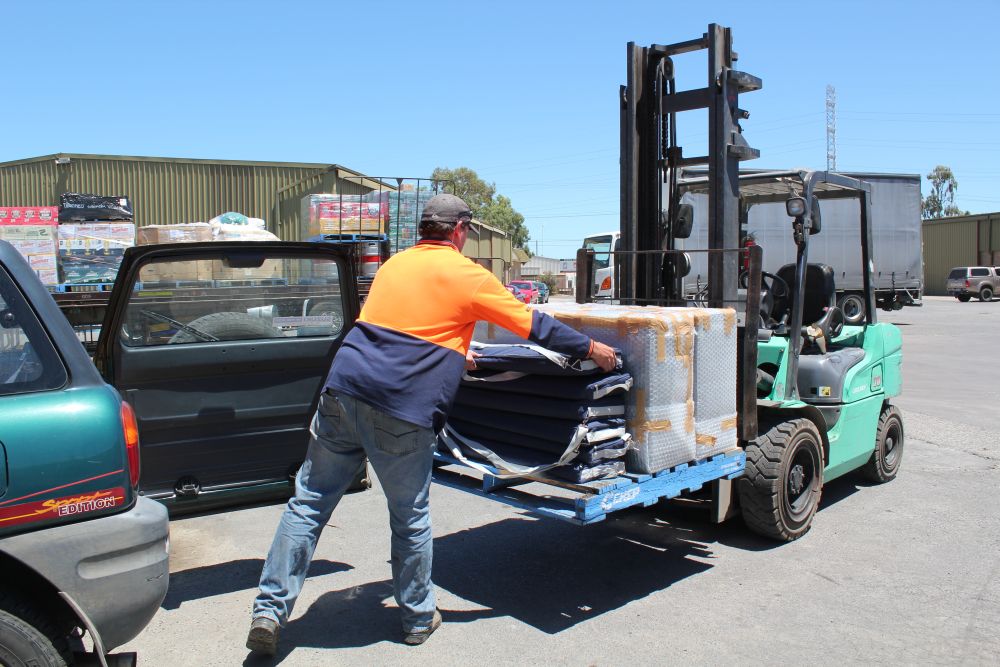
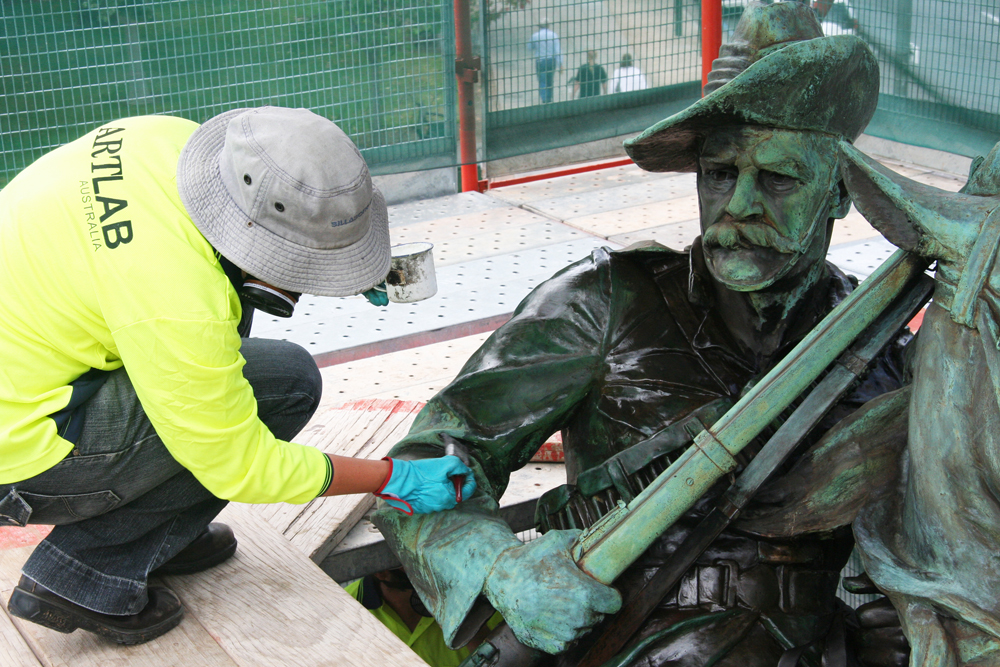
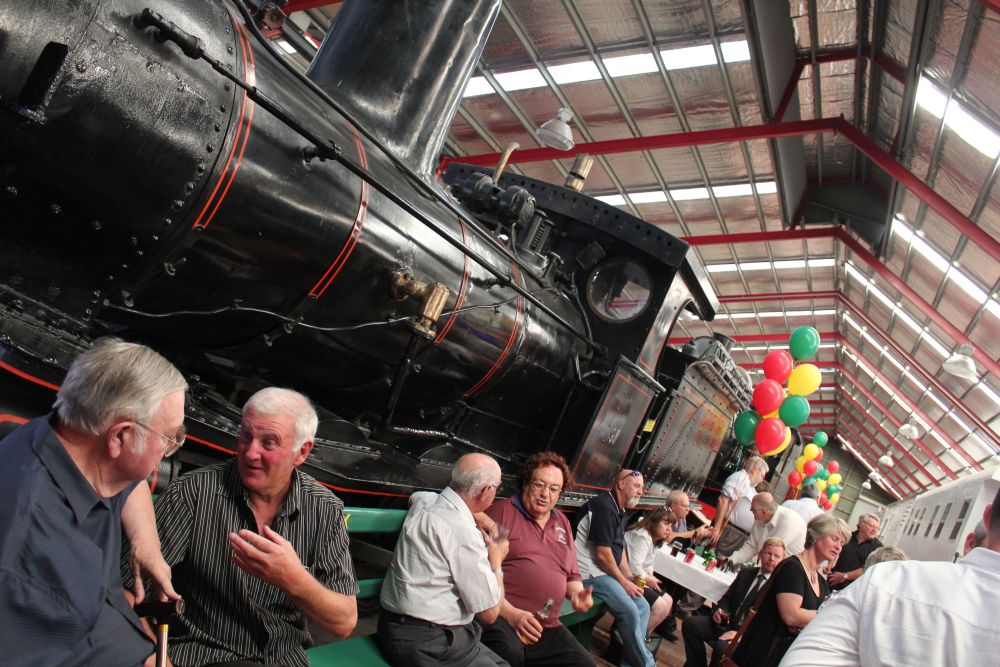
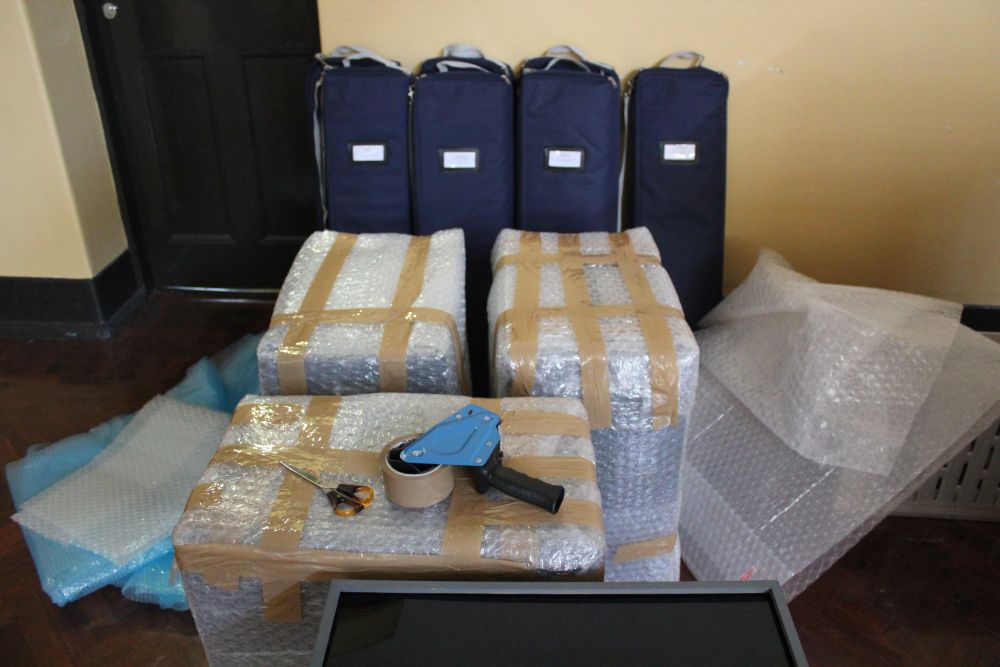
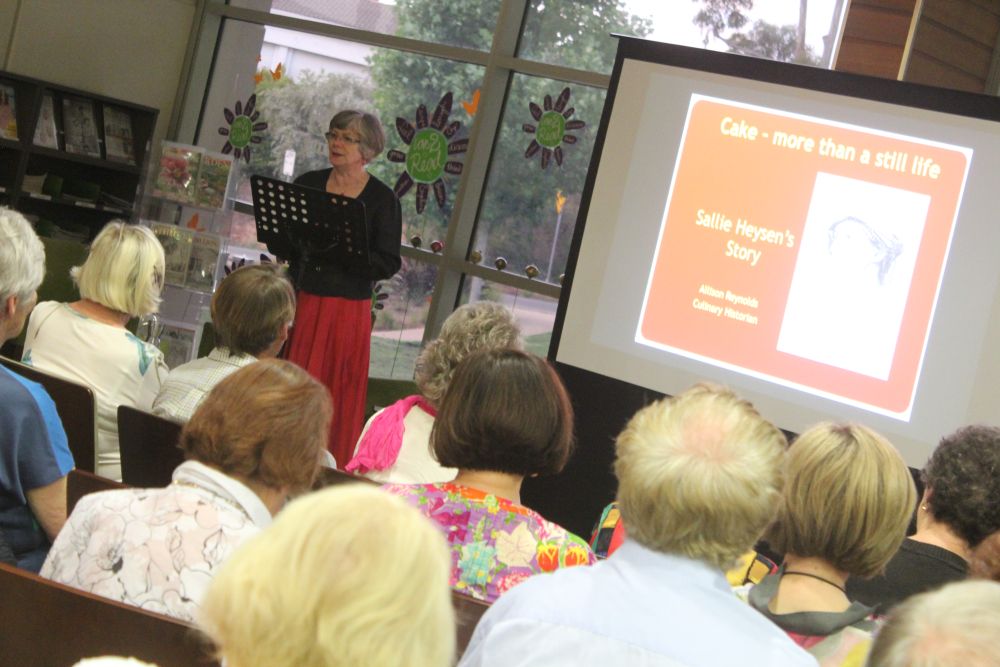
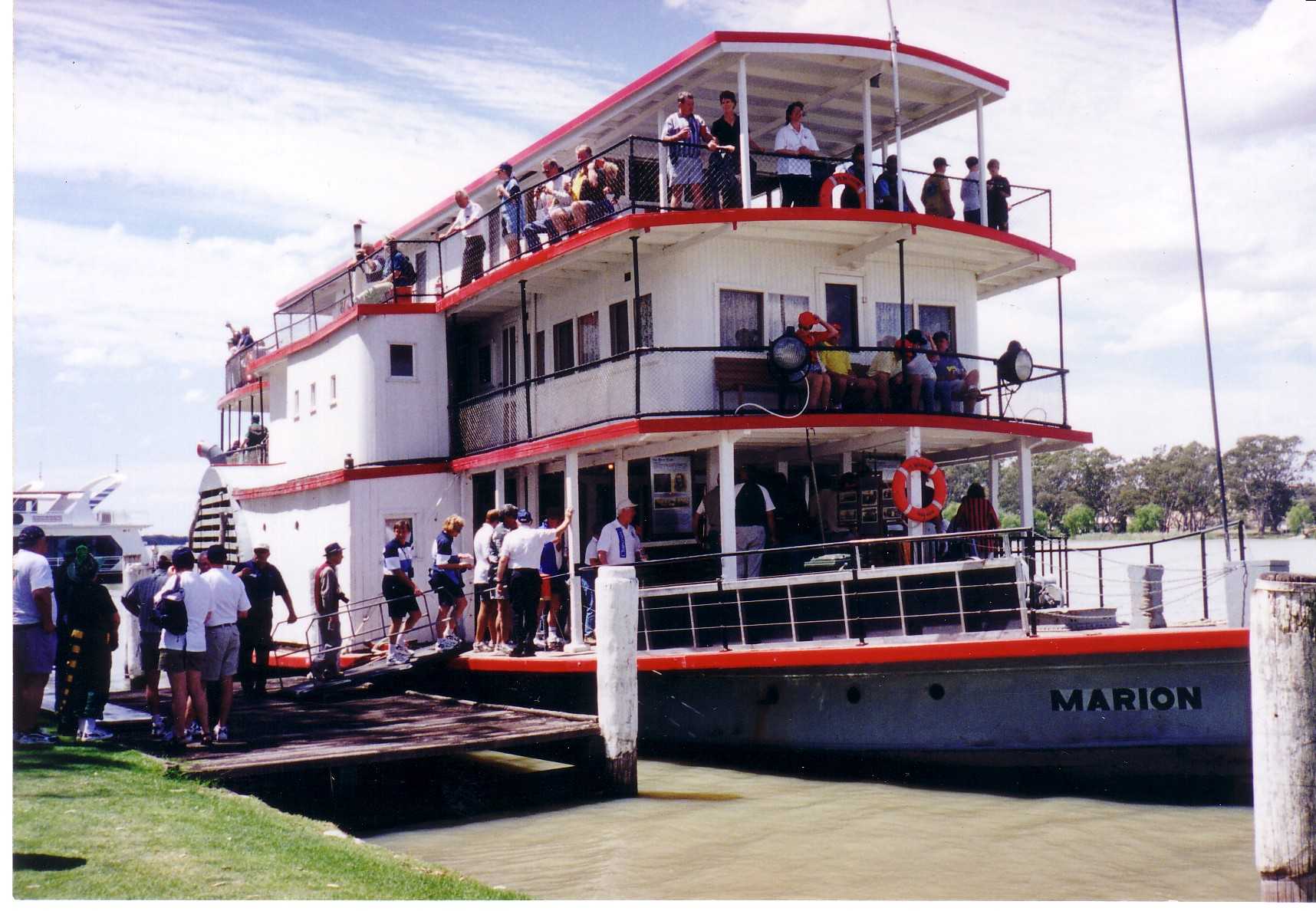
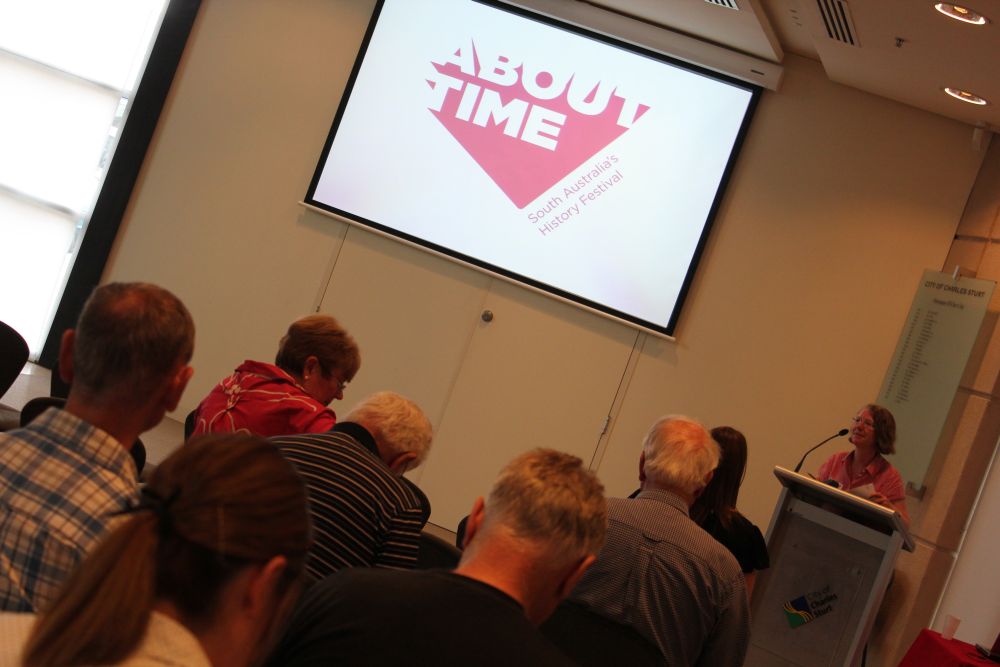
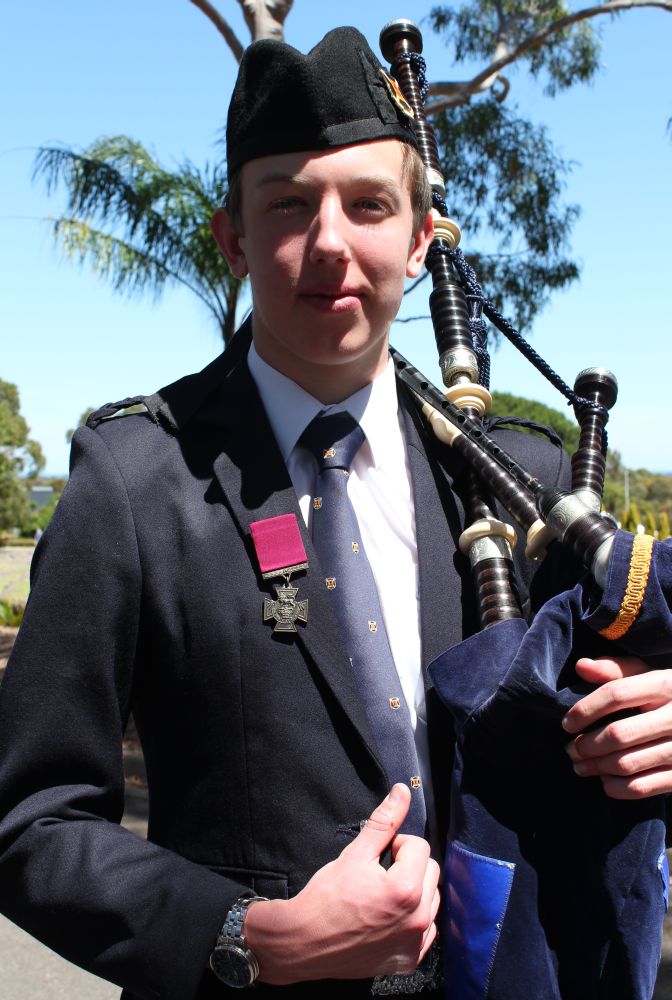
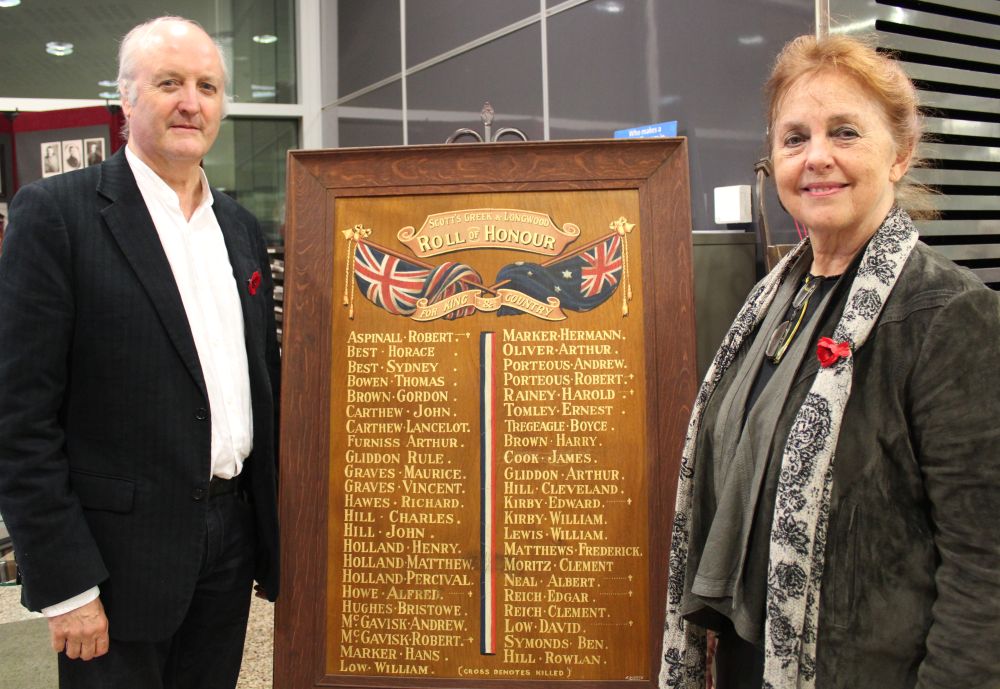
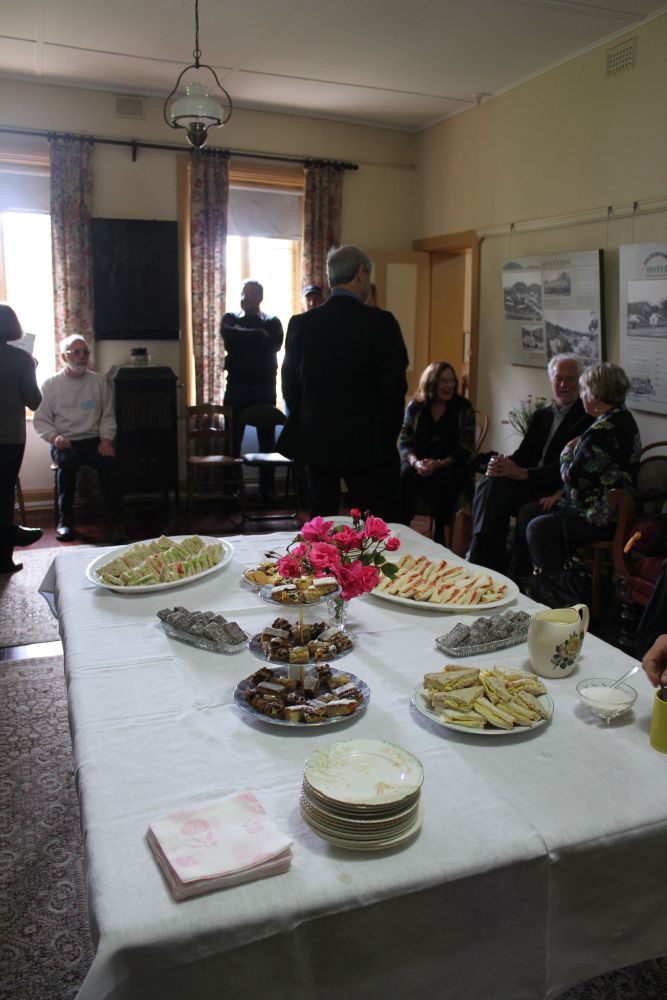
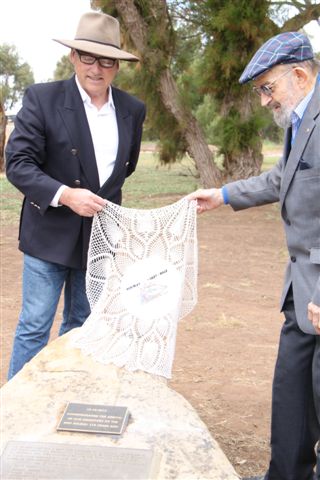
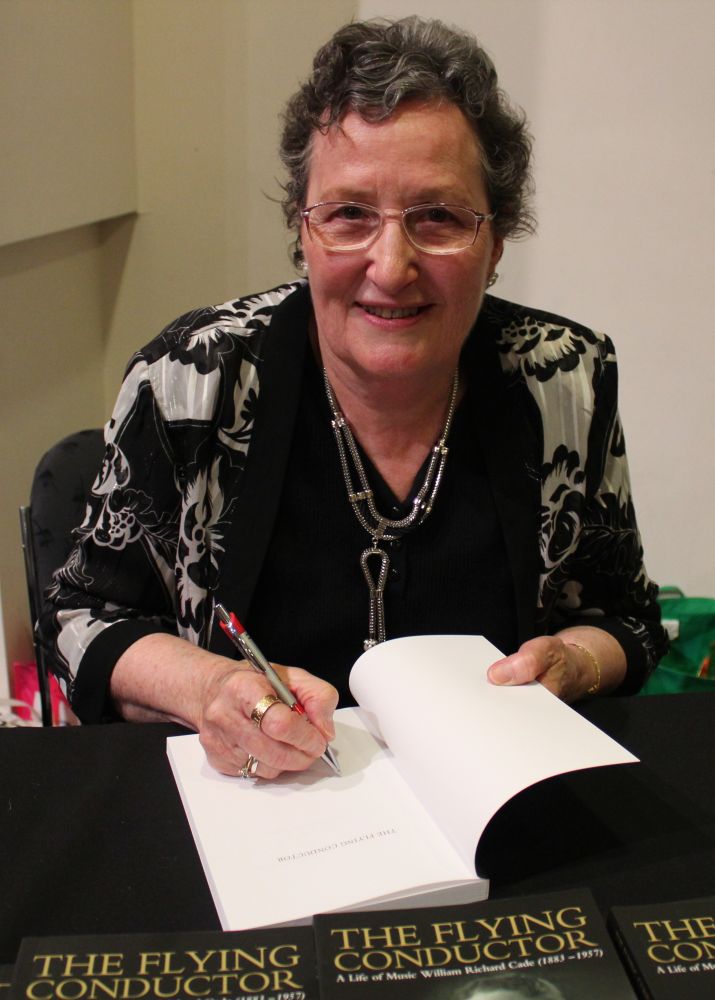
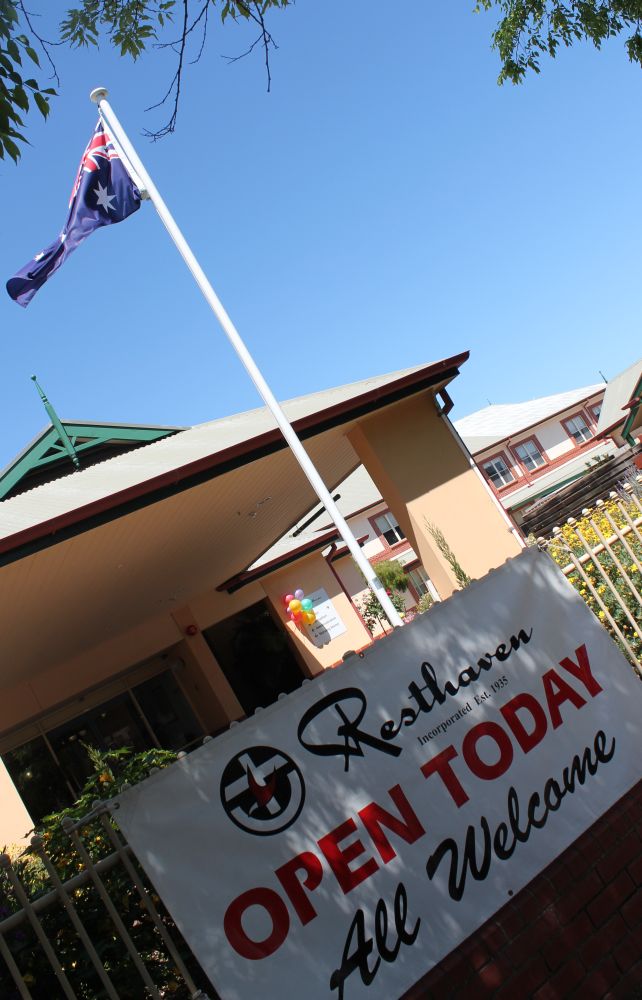
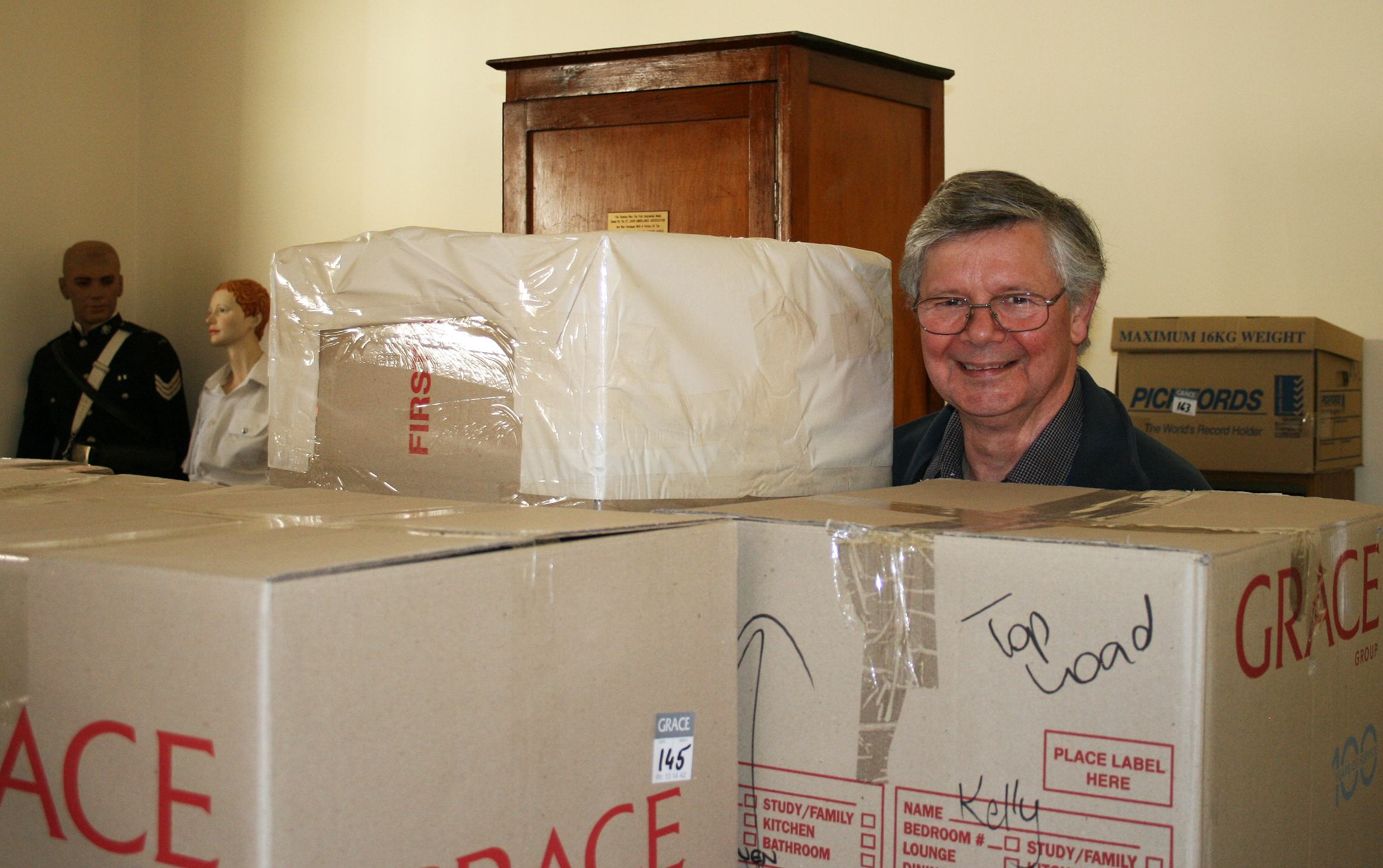
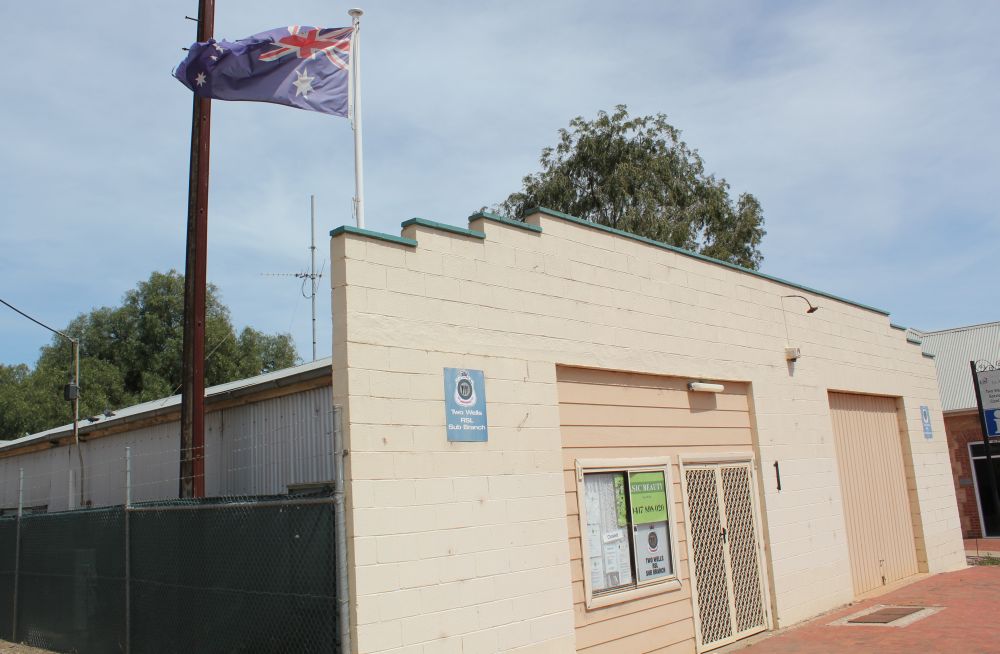
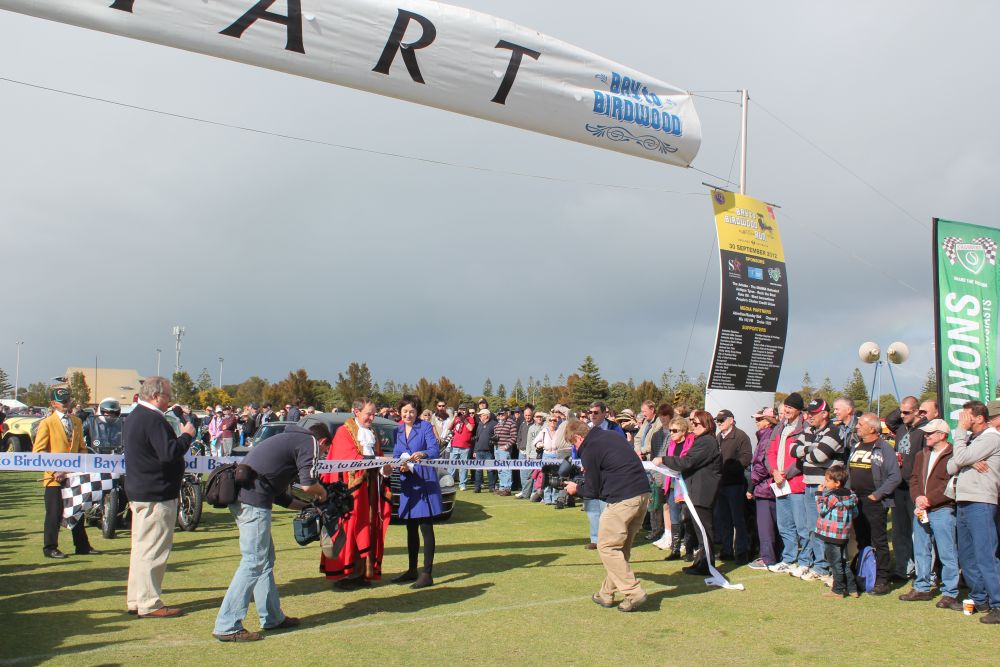
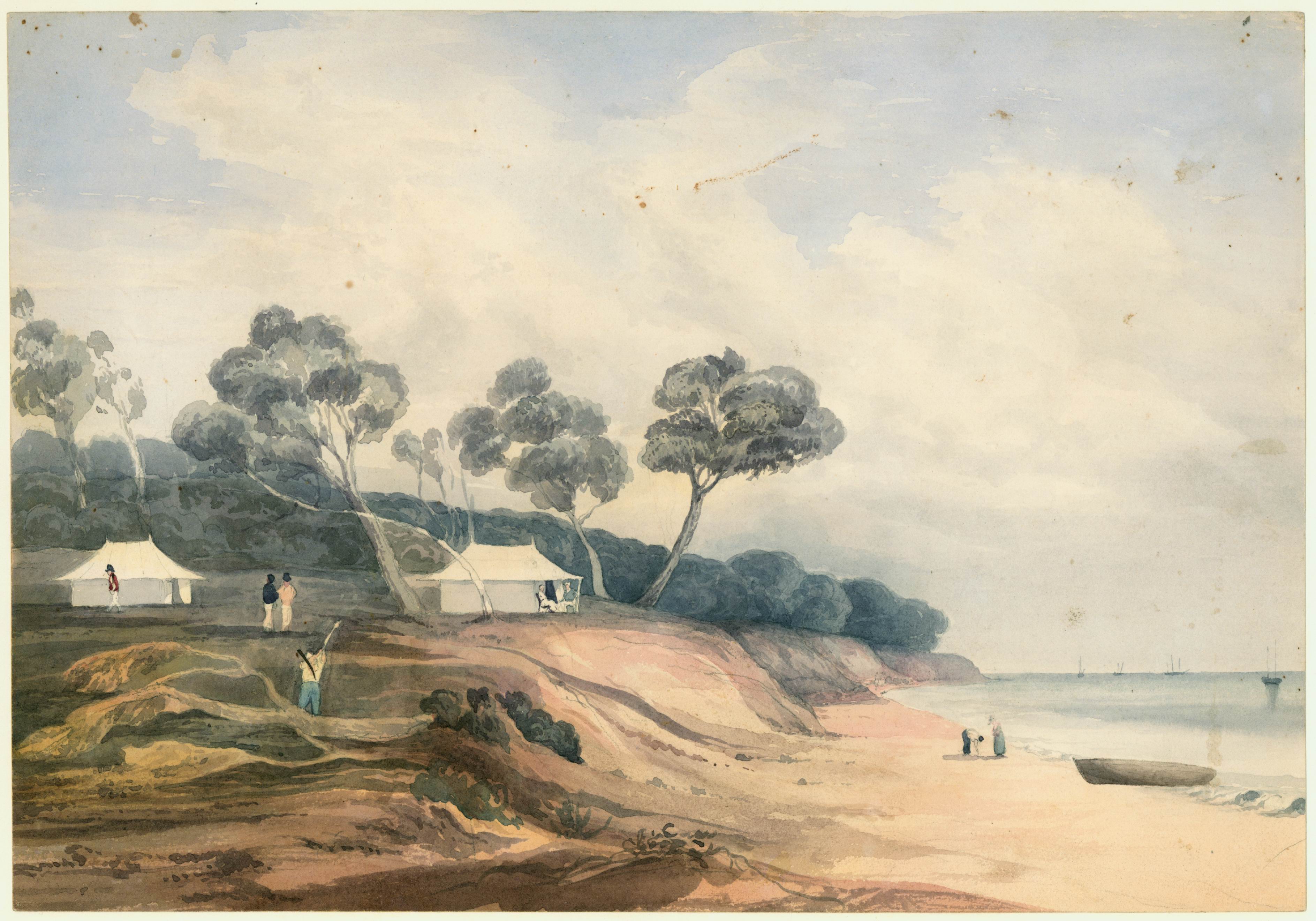
![Light, William: Mr Beares tents, Nepean Bay, Kangaroo Island [artwork], ca.1836, State Library of South Australia PRG1/5/182](http://www.community.history.sa.gov.au/files/imagecache/medium_landscape/unesco_memory_of_world_image.jpg) Nominations have opened for the UNESCO Australian Memory of the World Register. The Australian Register, founded in 2000, is part of the international Memory of the World, a UNESCO program aimed at preserving and providing access to valuable archival holdings and library collections around the world. There are currently 37 collections inscribed on the Australian Register, from the journals of Captain Cook to the Sorry Books signed by tens of thousands of Australians in 1998. South Australian material on the Register includes the 1836 South Australia Company Deed of Settlement, the William Light Collection and the Mountford-Sheard Collection.
Nominations have opened for the UNESCO Australian Memory of the World Register. The Australian Register, founded in 2000, is part of the international Memory of the World, a UNESCO program aimed at preserving and providing access to valuable archival holdings and library collections around the world. There are currently 37 collections inscribed on the Australian Register, from the journals of Captain Cook to the Sorry Books signed by tens of thousands of Australians in 1998. South Australian material on the Register includes the 1836 South Australia Company Deed of Settlement, the William Light Collection and the Mountford-Sheard Collection.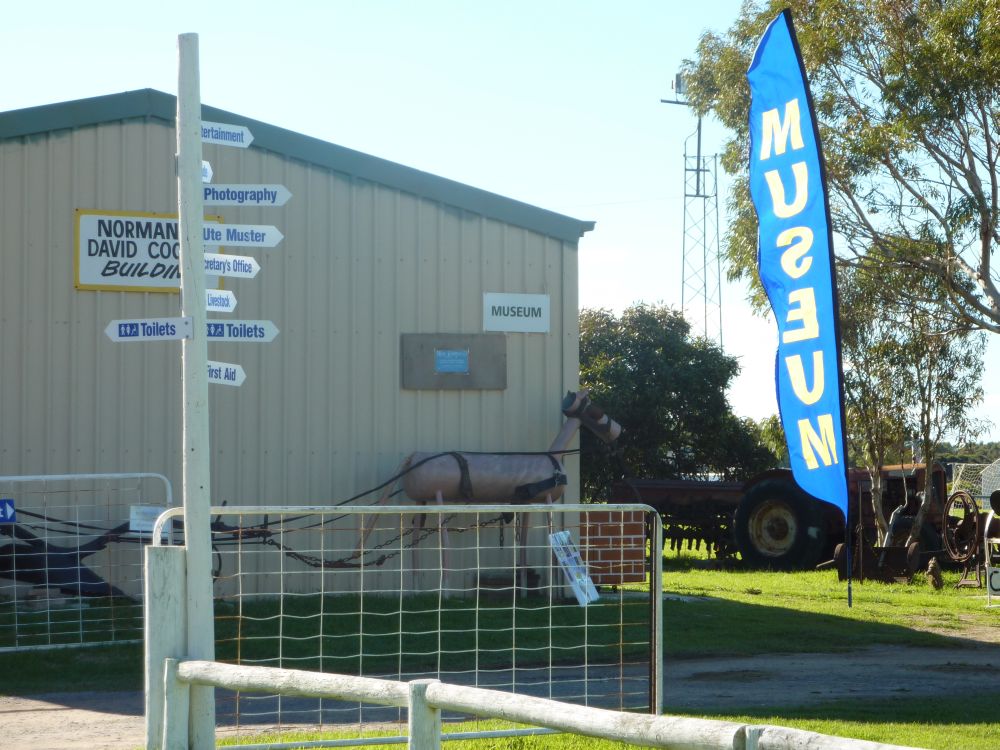
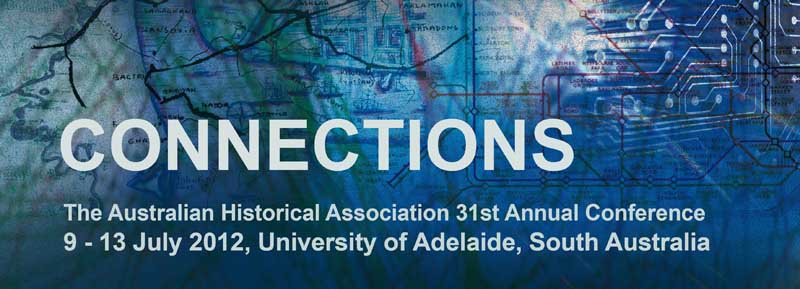
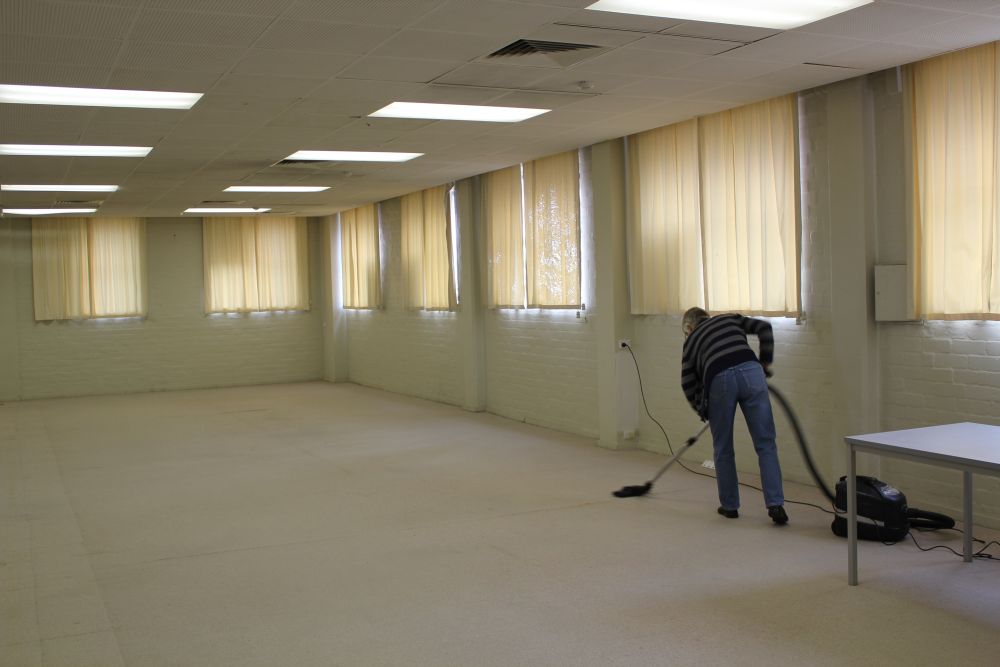
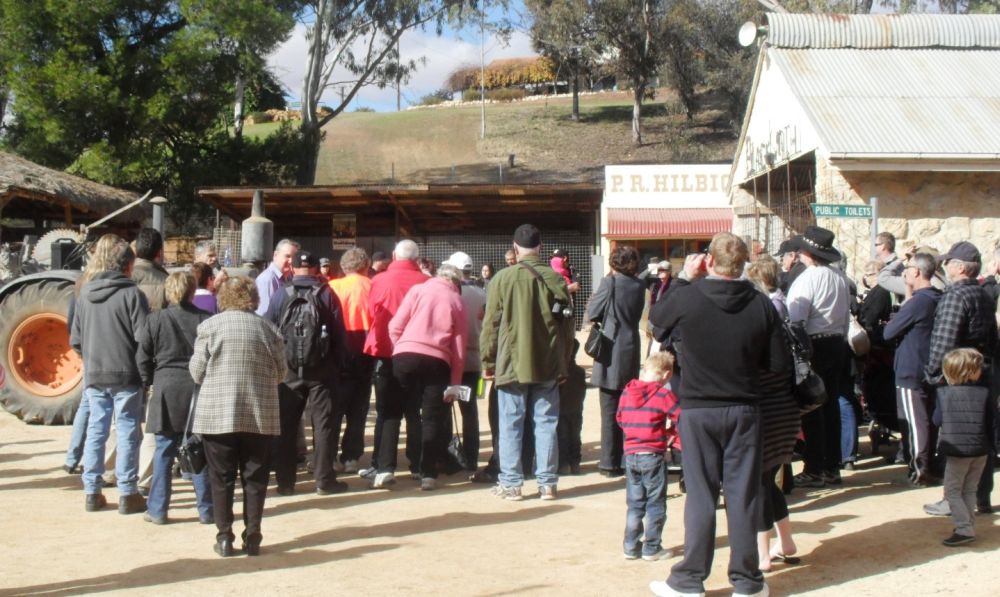
 The Loxton Historical Village Alive Day was held on the Sunday 10th June 2012 and we had a hugely successful, fun filled day. The atmosphere was great and we had hundreds of happy, smiling faces wandering through the displays!
The Loxton Historical Village Alive Day was held on the Sunday 10th June 2012 and we had a hugely successful, fun filled day. The atmosphere was great and we had hundreds of happy, smiling faces wandering through the displays! Our usual Alive Day activities were also very well received with crowds milling around the washing demonstrations and at the starting of the Lanz Bulldog Tractor. The line for tasty home baked goods from the Village Bakery was out of the door and along the verandah at one stage! (One gentleman explained that he didn’t mind waiting as the food was so good and admitted it was his second helping!)
Our usual Alive Day activities were also very well received with crowds milling around the washing demonstrations and at the starting of the Lanz Bulldog Tractor. The line for tasty home baked goods from the Village Bakery was out of the door and along the verandah at one stage! (One gentleman explained that he didn’t mind waiting as the food was so good and admitted it was his second helping!)
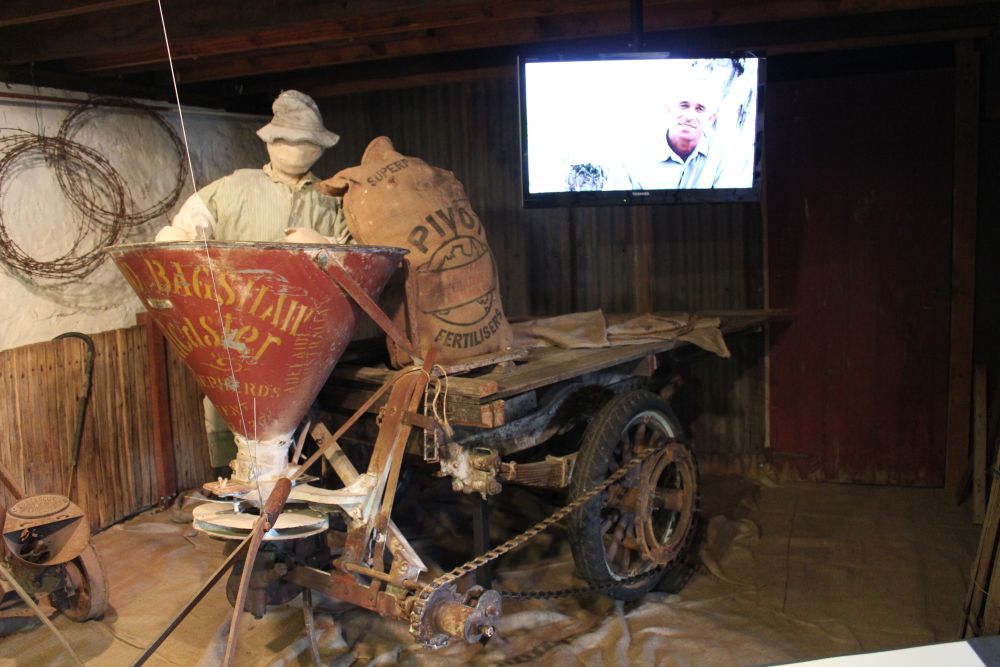
 On 4 May The Sheep’s Back Museum celebrated several major achievements with the official opening of their new exhibition gallery, collection store and workroom and their re-accreditation in the Community Museums Program. John Hill, Minister for the Arts, officiated at the event, which was very well attended by locals and representatives from other local museums. Amanda and Pauline were delighted to be among the crowd to see the culmination of several years work by the museum’s hard-working and dedicated volunteer team.
On 4 May The Sheep’s Back Museum celebrated several major achievements with the official opening of their new exhibition gallery, collection store and workroom and their re-accreditation in the Community Museums Program. John Hill, Minister for the Arts, officiated at the event, which was very well attended by locals and representatives from other local museums. Amanda and Pauline were delighted to be among the crowd to see the culmination of several years work by the museum’s hard-working and dedicated volunteer team.

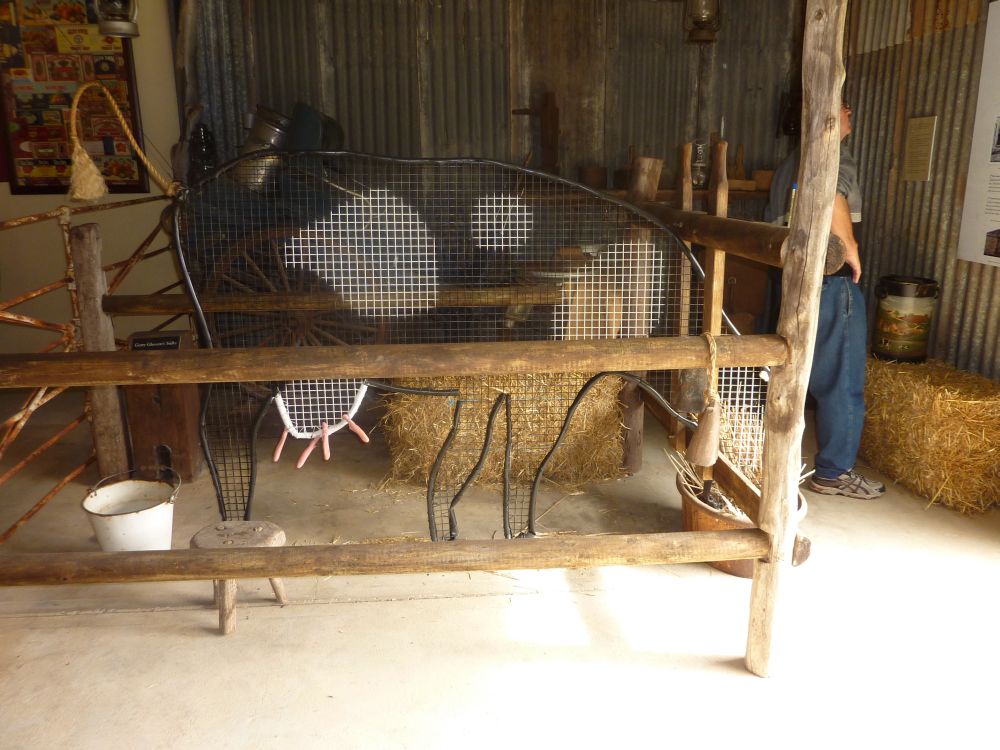
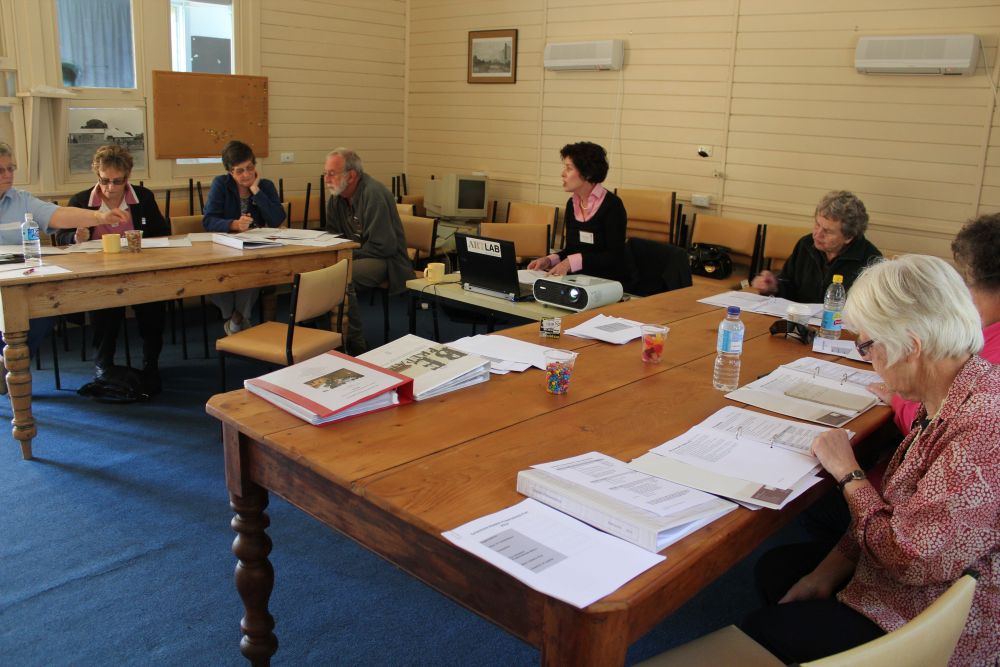
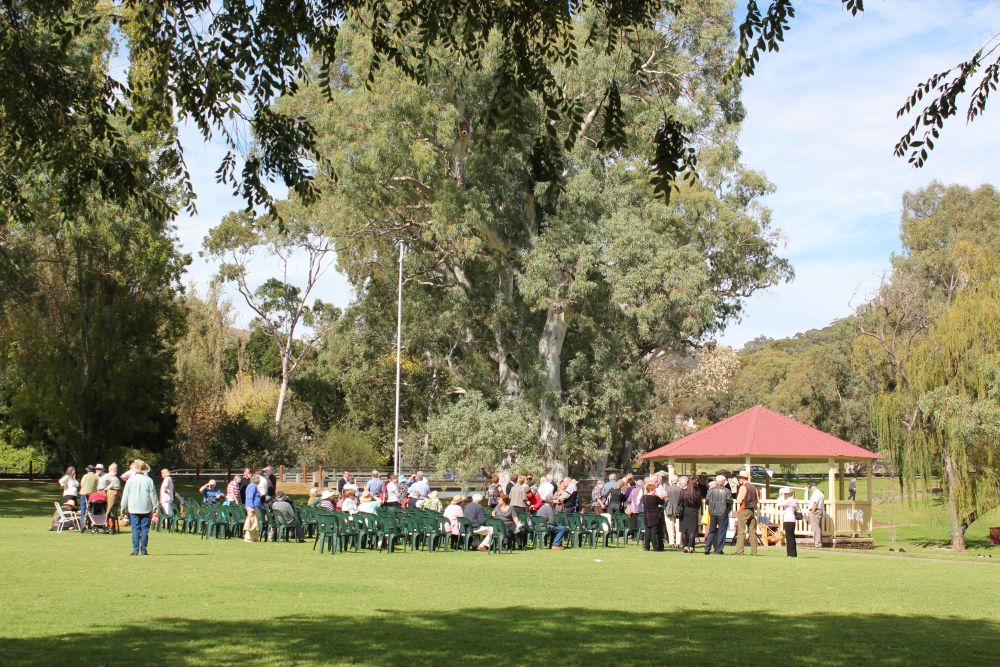
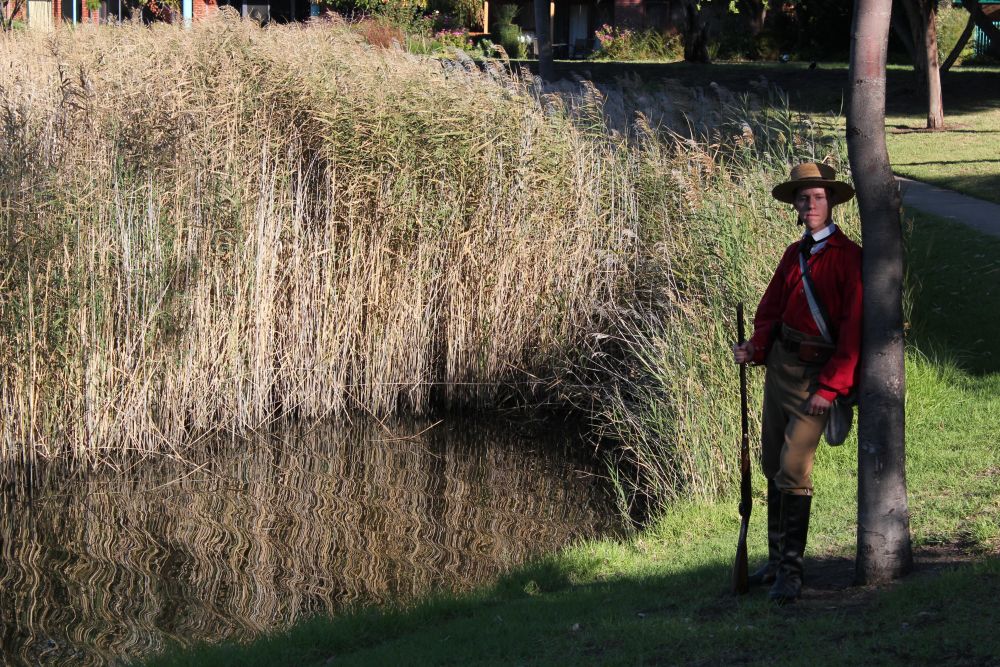
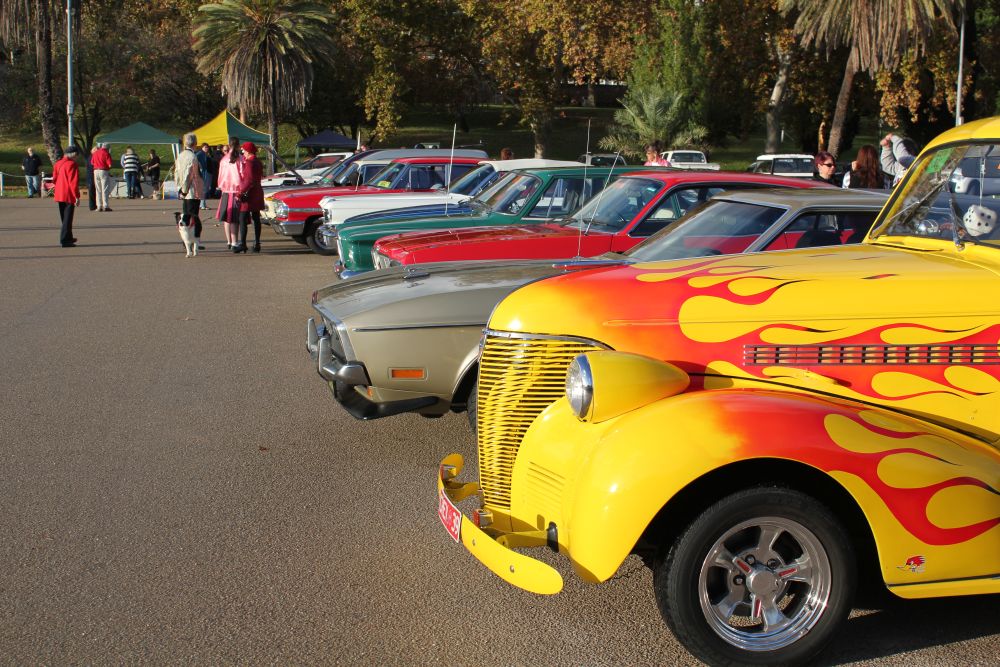
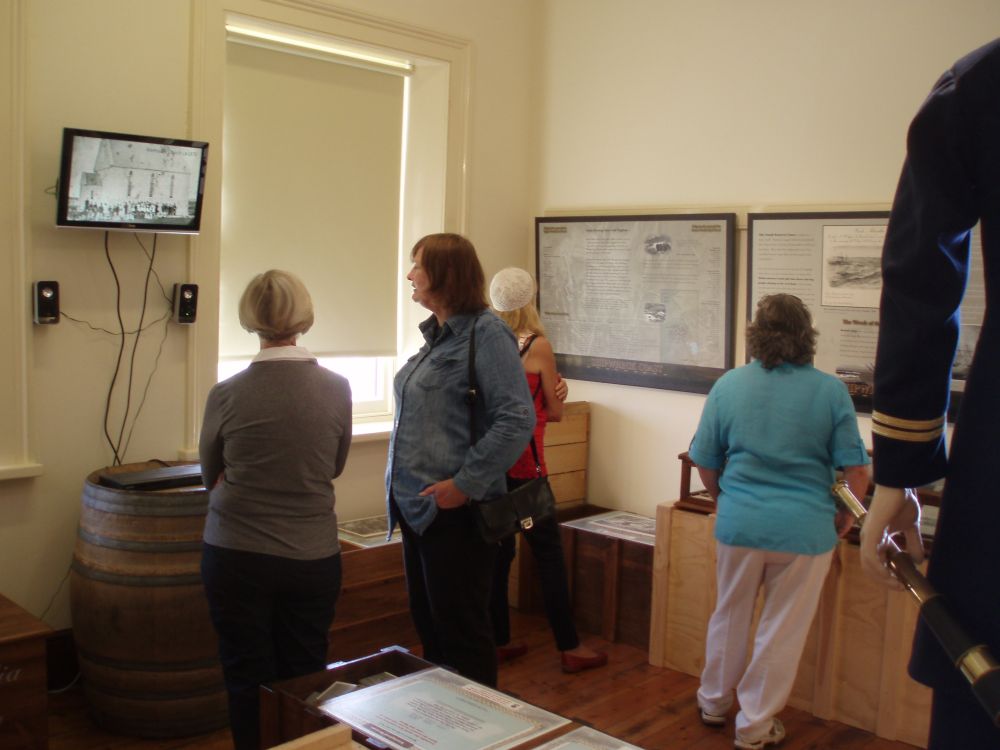
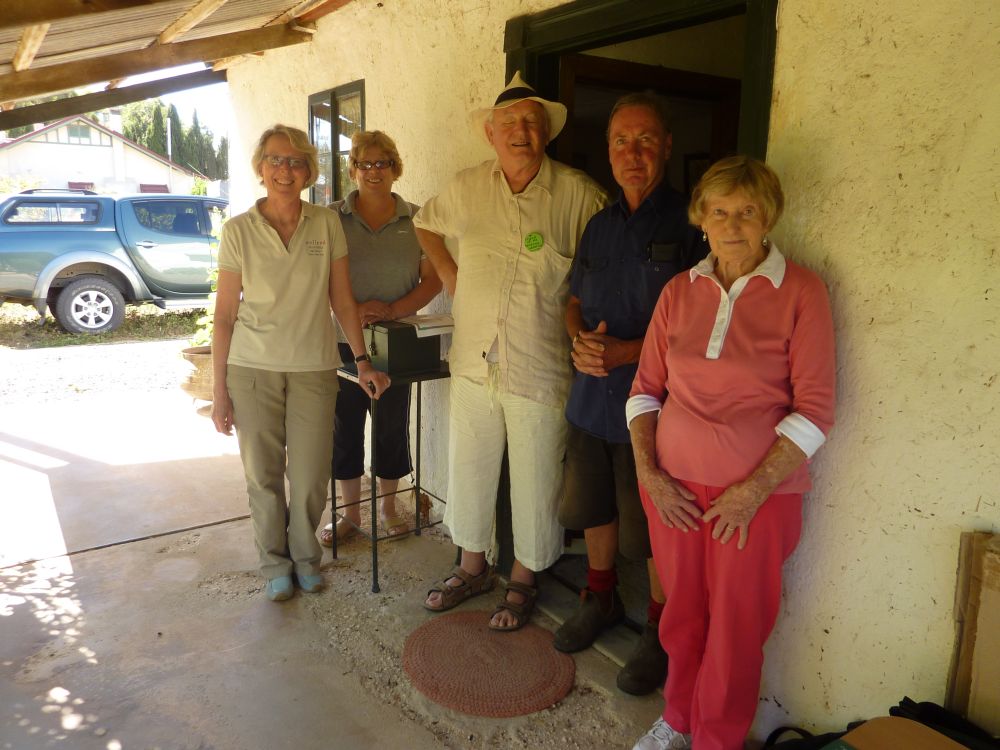
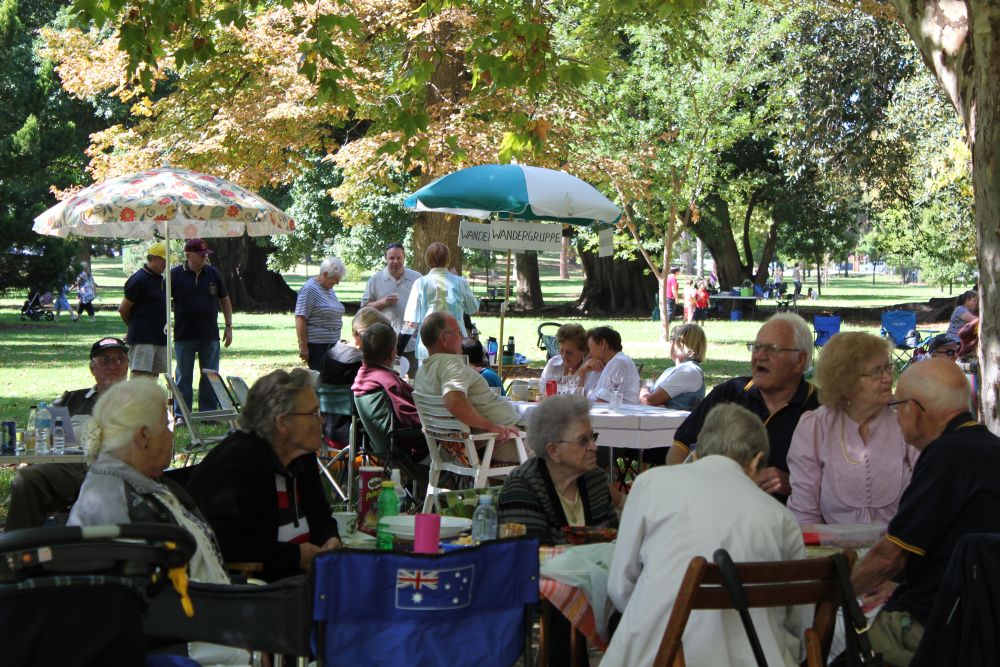
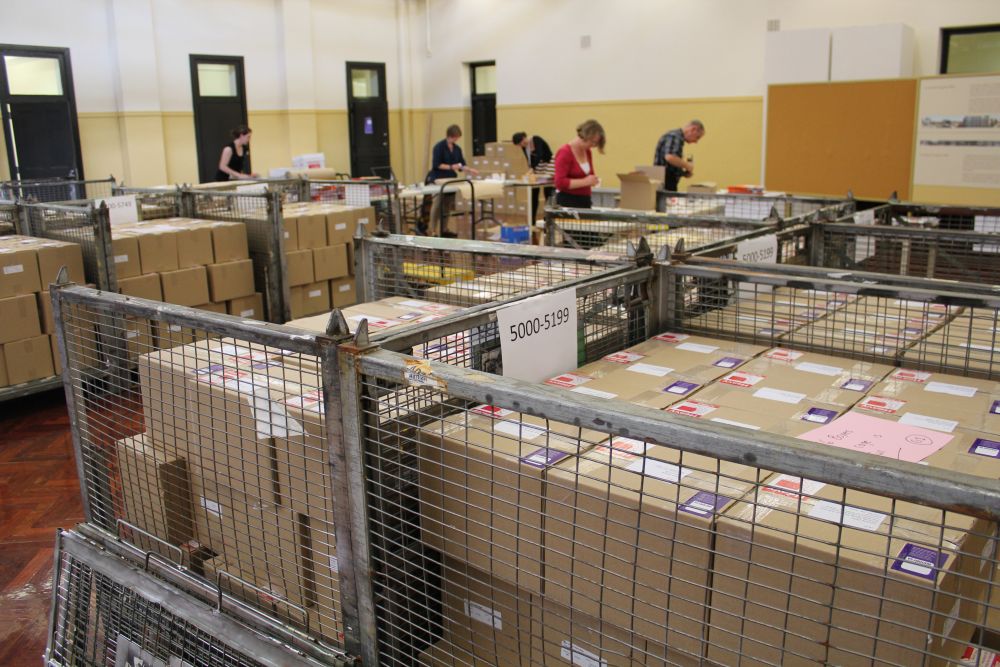
 At last, it’s time for About Time, South Australia’s History Festival. The program is out, the website is live. An amazing 513 events will be happening during the month of May ranging from walks to websites, talks to tours, and exhibitions to special events.
At last, it’s time for About Time, South Australia’s History Festival. The program is out, the website is live. An amazing 513 events will be happening during the month of May ranging from walks to websites, talks to tours, and exhibitions to special events. past two days, the Drill Hall at the Torrens Parade Ground where History SA is based has been transformed into a makeshift mailing office. Working in shifts, as many as 14 people from the CEO to volunteers and other members of staff from History SA’s museums, formed a production line – wrapping, sticking, stamping and piling up boxes and parcels ready for removal by Australia Post.
past two days, the Drill Hall at the Torrens Parade Ground where History SA is based has been transformed into a makeshift mailing office. Working in shifts, as many as 14 people from the CEO to volunteers and other members of staff from History SA’s museums, formed a production line – wrapping, sticking, stamping and piling up boxes and parcels ready for removal by Australia Post.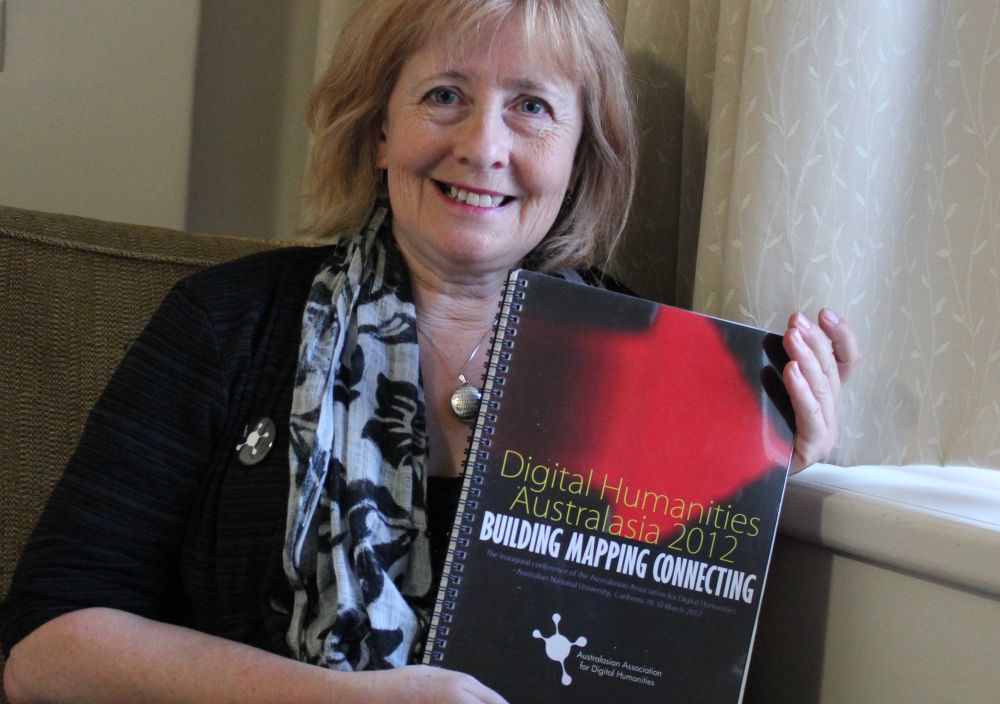
Recent Comments